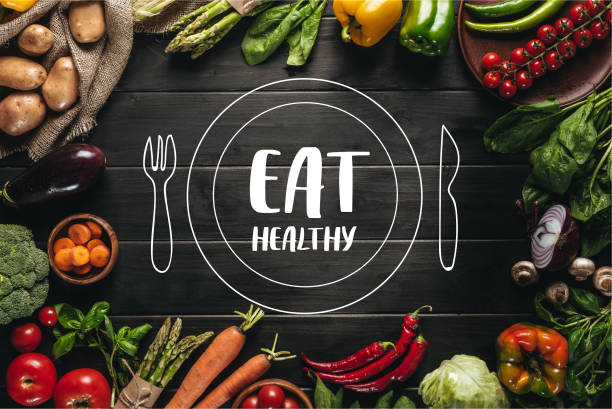What is RDA?
Recommended Dietary Allowance (RDA) is a crucial concept in nutrition that guides us on the amount of essential nutrients our bodies need on a daily basis. It serves as a benchmark for ensuring optimal health and preventing nutrient deficiencies.
Daily Allowance for Nutrition
The RDA provides specific recommendations for various nutrients such as vitamins, minerals, and macronutrients like carbohydrates, proteins, and fats. These recommendations are tailored to different age groups, genders, and life stages to address the unique nutritional needs of individuals.
Why Define Recommended Dietary Allowance?
The purpose of RDA is to prevent deficiencies and promote overall well-being. By adhering to RDA guidelines, individuals can maintain a balanced diet that supports their physiological functions and reduces the risk of chronic diseases.
Key Points About RDA:
- Personalized Recommendations: RDA takes into account factors like age, gender, and life stage to offer personalized nutrient intake recommendations.
- Nutrient Diversity: RDA emphasizes the importance of consuming a variety of foods to meet different nutrient requirements.
- Prevention of Deficiencies: Following RDA guidelines helps in preventing deficiencies of essential vitamins, minerals, and other nutrients.
- Health Promotion: Adequate nutrient intake as per RDA supports overall health and reduces the risk of developing nutrition-related health issues.

Recommended Daily Allowance Chart:
Here’s a simplified chart outlining the recommended daily allowances for some key nutrients along with their primary sources:
| Nutrient | RDA (Adults) | RDA (Children) | Primary Sources |
|---|---|---|---|
| Vitamin A | 900 mcg | 300 – 600 mcg | Carrots, sweet potatoes, spinach |
| Vitamin C | 90 mg | 15 – 75 mg | Citrus fruits, bell peppers, strawberries |
| Calcium | 1000 mg | 700 – 1300 mg | Dairy products, leafy greens, fortified foods |
| Iron | 8 mg | 7 – 15 mg | Red meat, poultry, lentils |
| Protein | 46 – 56 g | 19 – 34 g | Chicken, fish, beans, tofu |
| Carbohydrates | 130 g | 130 g | Whole grains, fruits, vegetables |
| Dietary Fiber | 25 g (F) / 38 g (M) | 19 – 25 g | Whole grains, fruits, vegetables |
| Total Fat | 20 – 35% of total calories | – | Nuts, seeds, avocados |
Conclusion:
Understanding and adhering to Recommended Dietary Allowance (RDA) is essential for maintaining optimal health and well-being. By ensuring adequate intake of essential nutrients as per RDA guidelines, individuals can support their body’s functions and promote a healthier lifestyle.
Resources:
For more detailed information on Recommended Dietary Allowances and nutrition guidelines, visit the USDA Dietary Guidelines.

